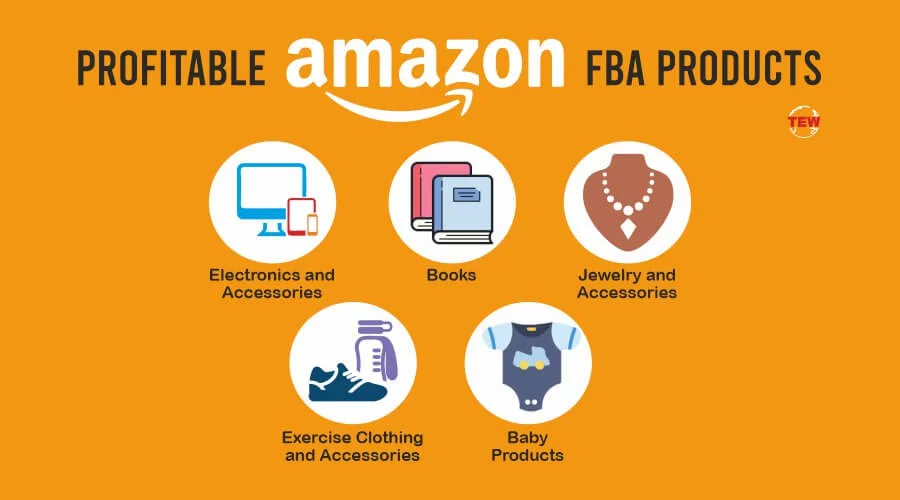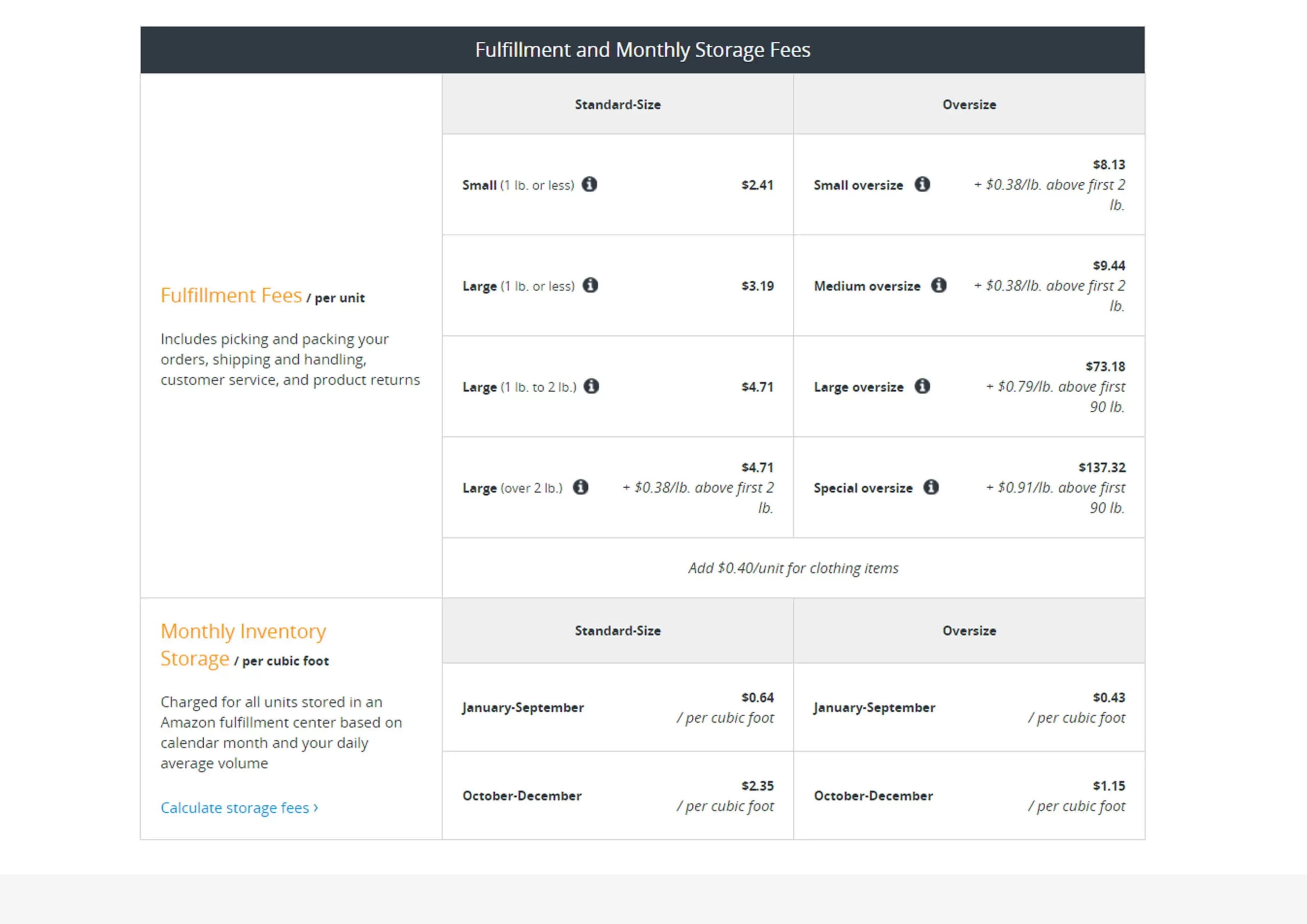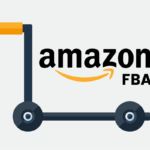Uncovering Hidden Niches: Profitable Amazon FBA Products with Low Search Competition

Are you an aspiring entrepreneur looking to venture into the world of e-commerce and make a mark as an Amazon FBA (Fulfillment by Amazon) seller? If so, you’ve probably realized the importance of finding profitable products that have low search competition. In this article, we will delve into the strategies and techniques that can help you uncover hidden niches on Amazon, allowing you to find products with great potential and minimal competition. So, let’s dive in and explore the secrets of finding lucrative Amazon FBA products!
1. Introduction
When it comes to selling products on Amazon, the key to success lies in finding profitable niches with low search competition. By targeting these hidden niches, you can position yourself for success and bypass the fierce competition that exists in more saturated markets.
2. Understanding the Amazon FBA Program
Before we dive into the intricacies of uncovering hidden niches, it’s essential to have a clear understanding of the Amazon FBA program. FBA allows sellers to store their products in Amazon’s fulfillment centers, where the company handles inventory management, order fulfillment, and customer service. This program simplifies the selling process and enables sellers to tap into Amazon’s vast customer base.
3. The Significance of Niche Research
Niche research forms the foundation of your Amazon FBA journey. By identifying profitable niches, you can find products that cater to a specific segment of the market, ensuring a higher chance of success. Thorough research helps you uncover niches that have untapped potential and limited competition, giving you a competitive edge.
4. Identifying Profitable Niches
4.1. Analyzing Current Trends
One way to uncover hidden niches is by keeping a close eye on current trends. Stay up to date with industry news, follow social media discussions, and monitor emerging product categories. By identifying trends early on, you can get a head start on the competition and capitalize on untapped opportunities.
4.2. Exploring Subcategories and Specialized Markets
Don’t limit yourself to broad product categories. Explore subcategories and specialized markets within your industry. These narrower niches often have passionate, highly engaged audiences and lower competition levels. By targeting these niches, you can become a dominant player and achieve higher profit margins.
4.3. Leveraging Keyword Research Tools
Keyword research tools are invaluable assets in your quest to uncover hidden niches. Tools like Google Keyword Planner, SEMrush, and Helium 10 provide insights into search volumes, competition levels, and related keywords. By leveraging these tools, you can discover high-potential keywords and niches that align with your business goals.
5. Evaluating Market Demand and Competition
Once you’ve identified potential niches, it’s crucial to evaluate market demand and competition levels. This step ensures that you choose products with sufficient demand and a manageable level of competition.
5.1. Assessing Sales Rank and Product Reviews
Sales rank and product reviews serve as indicators of market demand and product popularity. Aim for products with a consistent sales rank and positive reviews. Steer clear of niches with highly volatile sales ranks or an overwhelming number of negative reviews.
5.2. Analyzing Competitor Listings and Pricing
Analyze competitor listings within your chosen niche to understand their strategies, product features, and pricing. This analysis helps you identify gaps in the market that you can exploit to differentiate your product. Furthermore, pricing research ensures that your product is competitively priced without sacrificing profitability.
5.3. Using Amazon’s Best Sellers Rank
Amazon’s Best Sellers Rank is a valuable metric that showcases the top-performing products in each category. By studying the best sellers, you gain insights into popular products and emerging trends. This information can guide your product selection and help you identify niches that have the potential for high sales volumes.

6. Evaluating Profit Margins and Costs
To ensure the profitability of your chosen niche, it’s essential to evaluate profit margins and costs associated with your product.
6.1. Calculating FBA Fees and Shipping Costs
Utilize Amazon’s FBA fee calculator to estimate the fees associated with storing and fulfilling your product. Additionally, consider shipping costs from your supplier to Amazon’s fulfillment centers. Accurate cost calculations help you determine your break-even point and set pricing strategies that maximize profitability.
6.2. Estimating Profitability and Return on Investment (ROI)
Factor in all costs, including product sourcing, manufacturing, packaging, and marketing expenses, to estimate the profitability of your chosen niche. Calculate the return on investment (ROI) to ensure that your efforts yield substantial returns in the long run.
7. Validating Product Viability
Before committing to a specific niche, it’s crucial to validate the viability of your product.
7.1. Conducting Market Research
Conduct thorough market research to understand your target audience’s needs, preferences, and pain points. Identify any gaps in the market that your product can fill, ensuring there is a demand for what you intend to offer.
7.2. Gathering Customer Feedback and Reviews
Engage with potential customers through surveys, social media platforms, and forums to gather feedback on your product idea. Pay attention to their suggestions, criticisms, and expectations, and incorporate them into your product development process.
7.3. Testing the Market with a Small Batch
Before investing in a large inventory, test the market with a small batch of products. This approach allows you to gauge customer response, collect data, and make informed decisions about scaling your business.
8. Sourcing and Supplier Selection
Once you have validated your niche and product, it’s time to source reliable suppliers.
8.1. Identifying Reliable Suppliers
Search for suppliers who specialize in your chosen product category and have a proven track record of delivering quality products. Consider factors like manufacturing capabilities, certifications, and supplier responsiveness when making your selection.
8.2. Negotiating Prices and Terms
Negotiate pricing and terms with your selected suppliers to ensure you get the best deal possible. Aim for competitive pricing that allows you to maintain healthy profit margins while offering a compelling value proposition to your customers.
8.3. Ensuring Product Quality and Safety
Prioritize product quality and safety by conducting thorough due diligence on your suppliers. Request samples, review product certifications, and consider third-party inspections to ensure that your products meet or exceed industry standards.
9. Optimizing Product Listings for Search
To maximize your product’s visibility on Amazon, it’s crucial to optimize your product listings for search.
9.1. Conducting Keyword Research
Perform comprehensive keyword research using tools like Amazon’s Keyword Tool and other third-party software. Identify relevant keywords with high search volumes and integrate them strategically into your product titles, bullet points, and descriptions.
9.2. Crafting Compelling Titles and Descriptions
Create attention-grabbing titles and compelling product descriptions that highlight your product’s unique selling points. Use persuasive language, bullet points, and concise paragraphs to convey key information and entice potential buyers.
9.3. Enhancing Product Images and A+ Content
Invest in high-quality product images that showcase your product from multiple angles. Consider creating A+ Content to provide additional product details, cross-sell opportunities, and enhance the overall shopping experience for customers.
10. Marketing and Promoting Your Products
Once your products are live on Amazon, it’s time to focus on marketing and promotion to drive sales and increase visibility.
10.1. Running Amazon PPC Campaigns
Leverage Amazon’s Pay-Per-Click (PPC) advertising campaigns to increase product visibility and generate targeted traffic. Conduct keyword research, optimize your campaign settings, and monitor performance to ensure optimal results.
10.2. Leveraging Social Media and Influencers
Harness the power of social media platforms like Instagram, Facebook, and YouTube to build brand awareness and engage with potential customers. Collaborate with influencers in your niche to expand your reach and tap into their dedicated audience.
10.3. Implementing Email Marketing and Customer Retention Strategies
Build a loyal customer base by implementing email marketing campaigns and customer retention strategies. Encourage customers to leave reviews, offer exclusive discounts, and provide exceptional customer service to foster long-term relationships.
11. Conclusion
Uncovering hidden niches is a key strategy to finding profitable Amazon FBA products with low search competition. By following the steps outlined in this article, you can discover lucrative niches, evaluate their potential, and position yourself for success as an Amazon FBA seller. Remember to conduct thorough research, validate your product idea, and optimize your listings to maximize visibility. With persistence and the right strategies, you can unlock the potential of hidden niches and achieve your e-commerce goals.
Frequently Asked Questions (FAQs)
Q1: How long does it take to uncover a profitable niche on Amazon?
Finding a profitable niche on Amazon can vary in terms of time. It depends on factors like the thoroughness of your research, the number of niches you explore, and the competition level in your chosen categories. On average, it can take several weeks to months to identify a niche that meets your criteria and has low search competition.
Q2: Is it necessary to use Amazon’s FBA program to succeed as a seller?
While using Amazon’s FBA program provides several benefits, such as streamlined fulfillment and access to Amazon Prime customers, it is not a prerequisite for success. Some sellers opt for alternative fulfillment methods like FBM (Fulfillment by Merchant). Ultimately, the choice depends on your business model, resources, and preferences.
Q3: Can I enter a niche with some competition and still succeed?
Entering a niche with competition is not necessarily a bad thing. In fact, some level of competition indicates that there is a demand for the product. However, it’s essential to assess the competition level and identify unique selling points that differentiate your product. By offering a compelling value proposition and targeted marketing, you can still succeed even in competitive niches.
Q4: How often should I reassess my chosen niche’s viability?
Market dynamics and consumer preferences can change over time, so it’s advisable to periodically reassess your chosen niche’s viability. Stay updated with industry trends, monitor competitor activity, and listen to customer feedback. Regular evaluation allows you to adapt and make informed decisions to maintain your niche’s profitability.
Q5: What are the key metrics to track for evaluating product performance on Amazon?
Some key metrics to track for evaluating product performance on Amazon include sales rank, customer reviews, conversion rate, and organic keyword rankings. These metrics provide insights into your product’s visibility, customer satisfaction, and overall performance. Monitoring these metrics helps you identify areas for improvement and make data-driven decisions.



